18 crazy things climbers and ultra runners do to save weight
Shave valuable ounces off your kit, without compromising safety or breaking any race rules

One of the hottest topics of debate among outdoors enthusiasts, especially climbers and ultra runners, is the weight of their kit. At the most basic level, carrying a pack that is heavy is uncomfortable and will slow you down. The weighty issues applies to all sports, from hiking and running to climbing and skiing.
But weight is much more of an issue if you have a lot of required kit, such as for safe climbing, or you have too comply with an ultra-running kit list for a race. We take a look at the mad things some climbers and ultra runners do to save a few ounces.
1. Go smelly – or merino
If you are planning an adventure of a few days, perhaps for a climbing expedition, the fewer clothes you take, the lighter your pack will be. You could go as far as to wear only the clothes you have on.
You’ll need to accept that your clothes will end up a bit whiffy, or you could choose to wear as many natural wool garments, such as merino based as possible. Merino is known to naturally repel the bacteria that cause clothing to smell of body odour.
Your friends will also need to accept that you might end top a bit smelly after days of wearing the same kit. The chances are, if your friends are as mad about clothing and kit weight as you, then all of you will be in the same boat of wearing the same clothes for days.
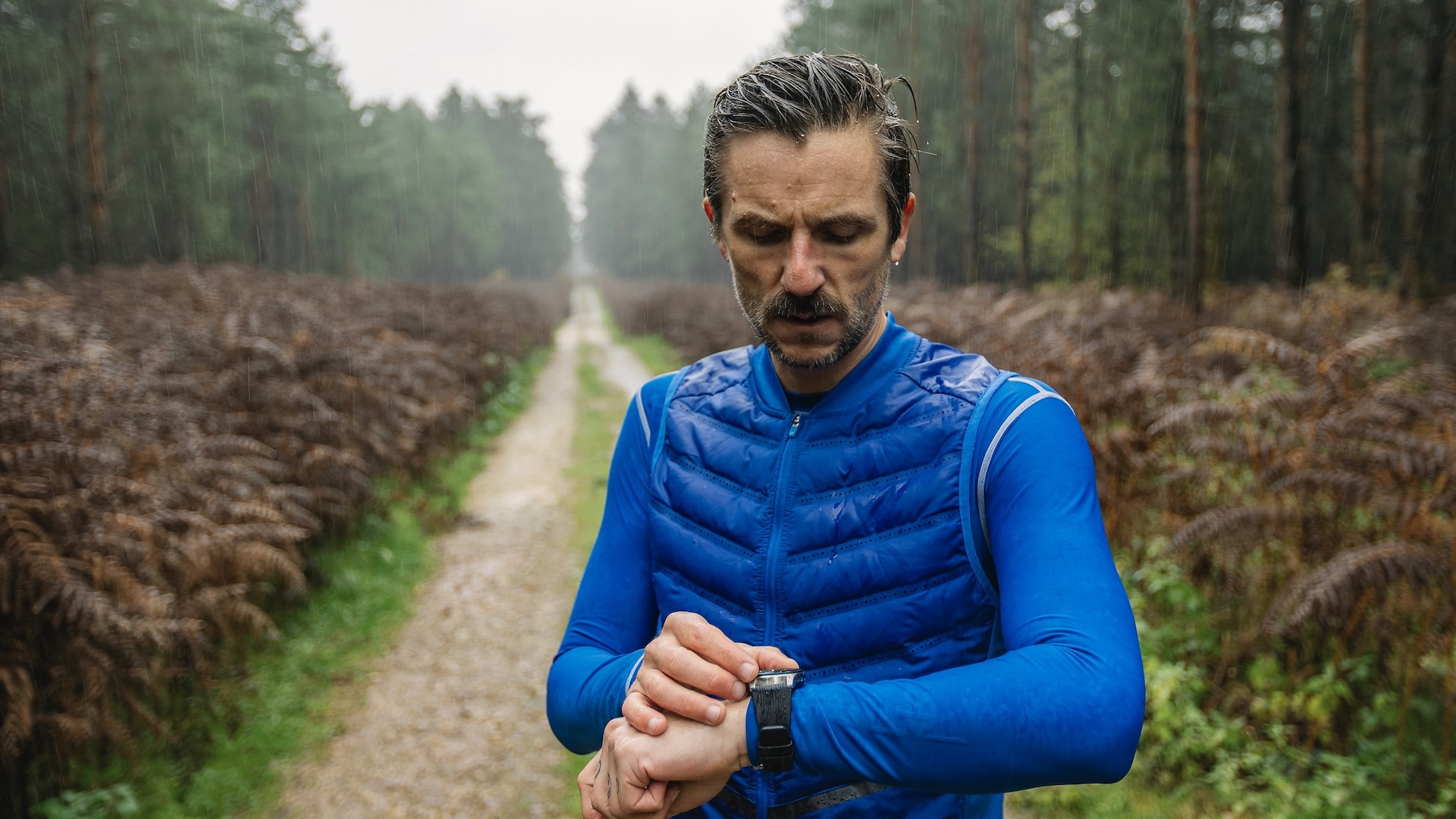
2. Who needs jacket arms?
An extra warm layer is important for safety, whether you are climbing or an ultra running. To reduce the weight of this layer, you could choose to take a down gilet – essentially a jacket without the extra weight of arms – or reduce the weight of a down jacket by cutting off the arms.
You will need to make sure the seams at the arm holes are sealed to prevent an escape of down, but anyone with even the most basic sewing skills should manage this.
All the latest inspiration, tips and guides to help you plan your next Advnture!
Whatever the extra layer, make sure it offers the best warmth-to-weight ratio that you can afford.
3. Shorter + smaller = lighter
Other clothing that can add up to a lighter weight overall are shorts or three-quarter length running tights or climbing pants. Short-sleeved base layers might be another option. If you are worried about feeling the cold, how about popping in a lightweight pair of arm sleeves or leg warmers?
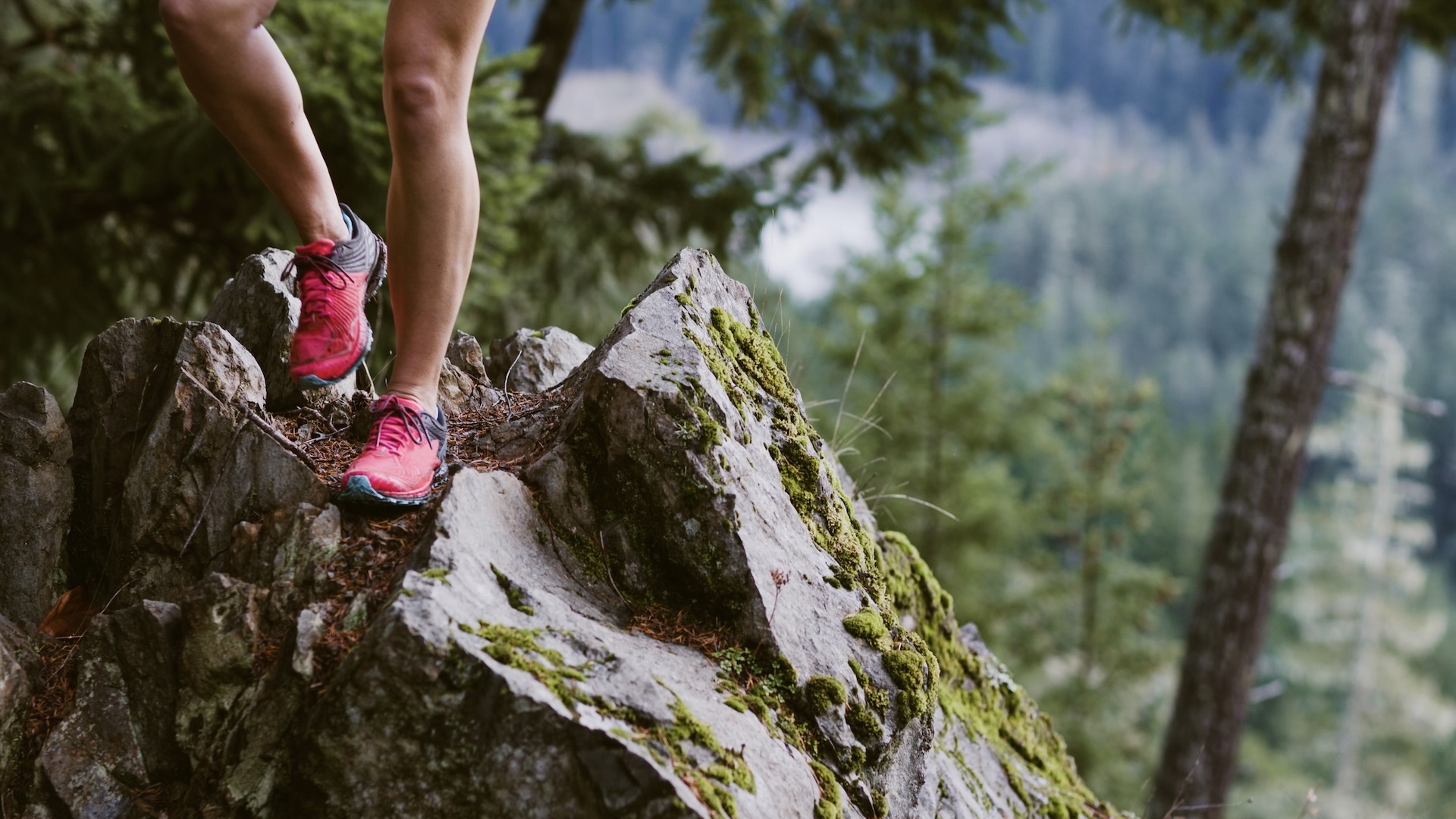
4. Light feet
The weight of footwear can become an obsession for some people. Choosing some types of running footwear can shave many grams off the overall weight of what you carry. However, there is always a balance to be had between weight and durability.
The keenest of ultra runners are likely to have a pair of running shoes that are lightweight and reserved for races only, or for longer distance challenges.
If you are going climbing, you will need to carry climbing shoes with you. There is also a balance to be had with climbing shoes between weight and durability. Make sure you do to not compromise on safety by choosing lightweight over grip.
In some cases, climbers might wear what is known as “approach” shoes. These are shoes that serve both for walking and climbing in some situations.
Wearing one pair of shoes for multi-day trips, whether for climbing or running, is a good idea to reduce the wight of carrying shoes in a pack. However, if your feet get wet you will end up with cold and damp feet for the whole trip.
One great tip is to take a couple of basic plastic carrier bags with you. When you change your socks in the evening, you can slip your socked feet inside the bags and then put your wet shoes back on. This keeps your feet dry and it means you need to take only one pair of shoes with you.
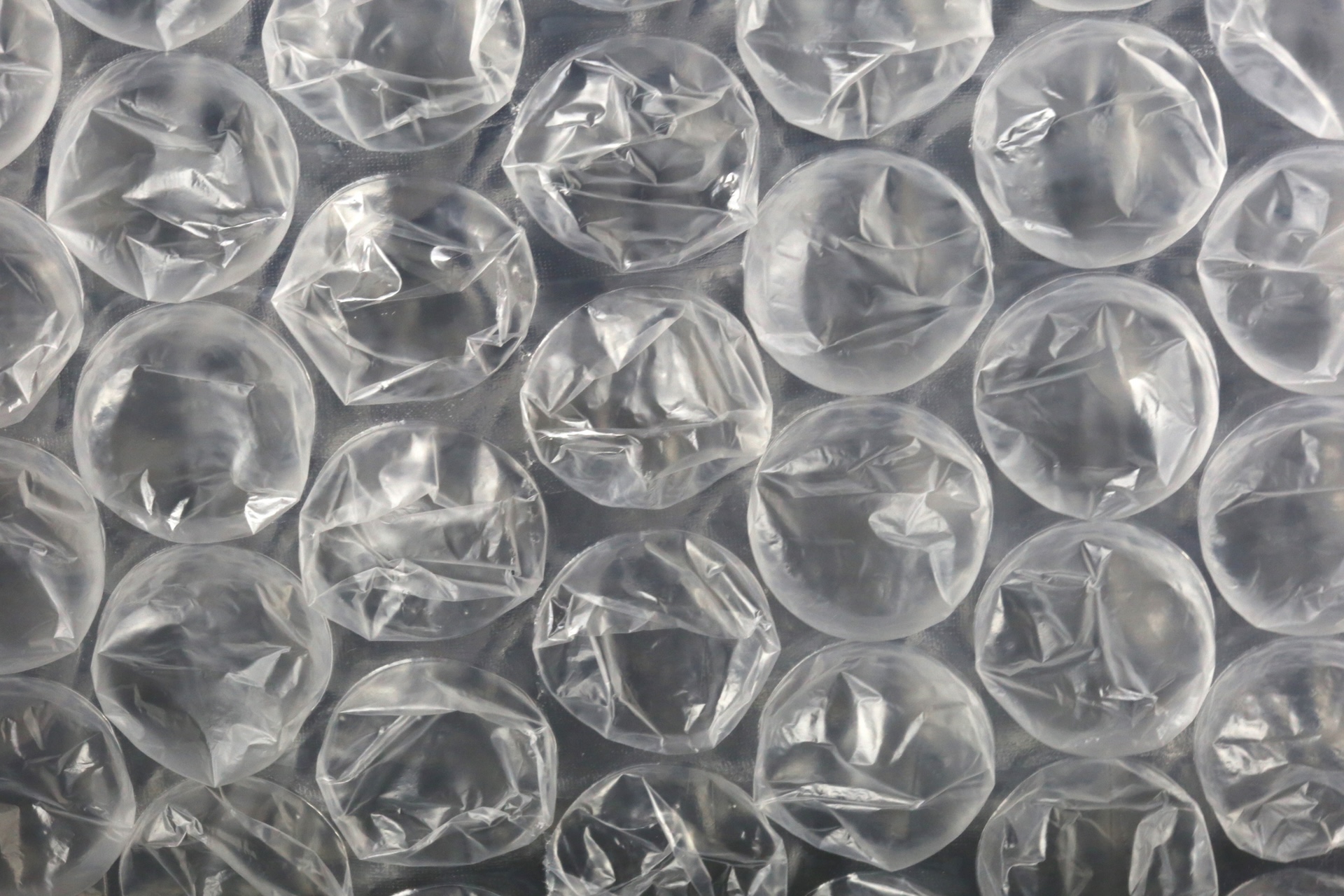
5. Bubble wrap, you say?
Camping is likely to be part of some climbing or ultra running trips. If you are taking part in a multi-day running event, such as a mountain marathon, you will need to pack a kit list of camping equipment.
The three biggest weights to reduce for camping are your tent, your sleeping bag, and your sleeping pad.
You could choose a shorter, three-quarter length inflatable sleeping mat to shave weight. If you can stand a bit of discomfort, then you could reduce the weight of your pack by sleeping straight on the ground, or on a large plastic bag but the chances are you will end up damp. Instead, some people pack large-sized bubble wrap as a makeshift mattress. Check out our list of 10 sleeping pad alternatives for more ideas.
6. Bivy it (and other camping ideas)
Continuing the camping theme, it’s possible to cheat the scales a bit by packing a bivy sack instead of a tent. It’s a good idea to weigh your lightest tent against a bivy sack, then choose the lightest item to take.
Pare down the bivy sack or tent further by leaving the packing sack at home. If you choose a tent, work out before you go, how few tent pegs you will need. You could also pay to replace all the tent pegs with lightweight titanium pegs.
If you can be sure the weather will be warm and dry, you could take only the inner part of a tent.
Another idea might be to choose a hammock. Some hammocks are lighter than bivy sacks and tents.
7. Shack up (even if they smell)
Sharing the weight of a small tent means you halve what you are carrying in your pack. You might need to get cozy with a friend – and perhaps a smelly one at that (see tip 1) – but there's a lot of joy in cutting the weight of what is often one of the heaviest items you will carry on an outdoors adventure.
8. Go bagless
This tip can only be used if you are sure of the overnight temperature. Instead of packing a sleeping bag, you could choose to sleep in your insulated jacket and inside a large plastic bag. The plastic bag will offer warmth by making use of body heat.
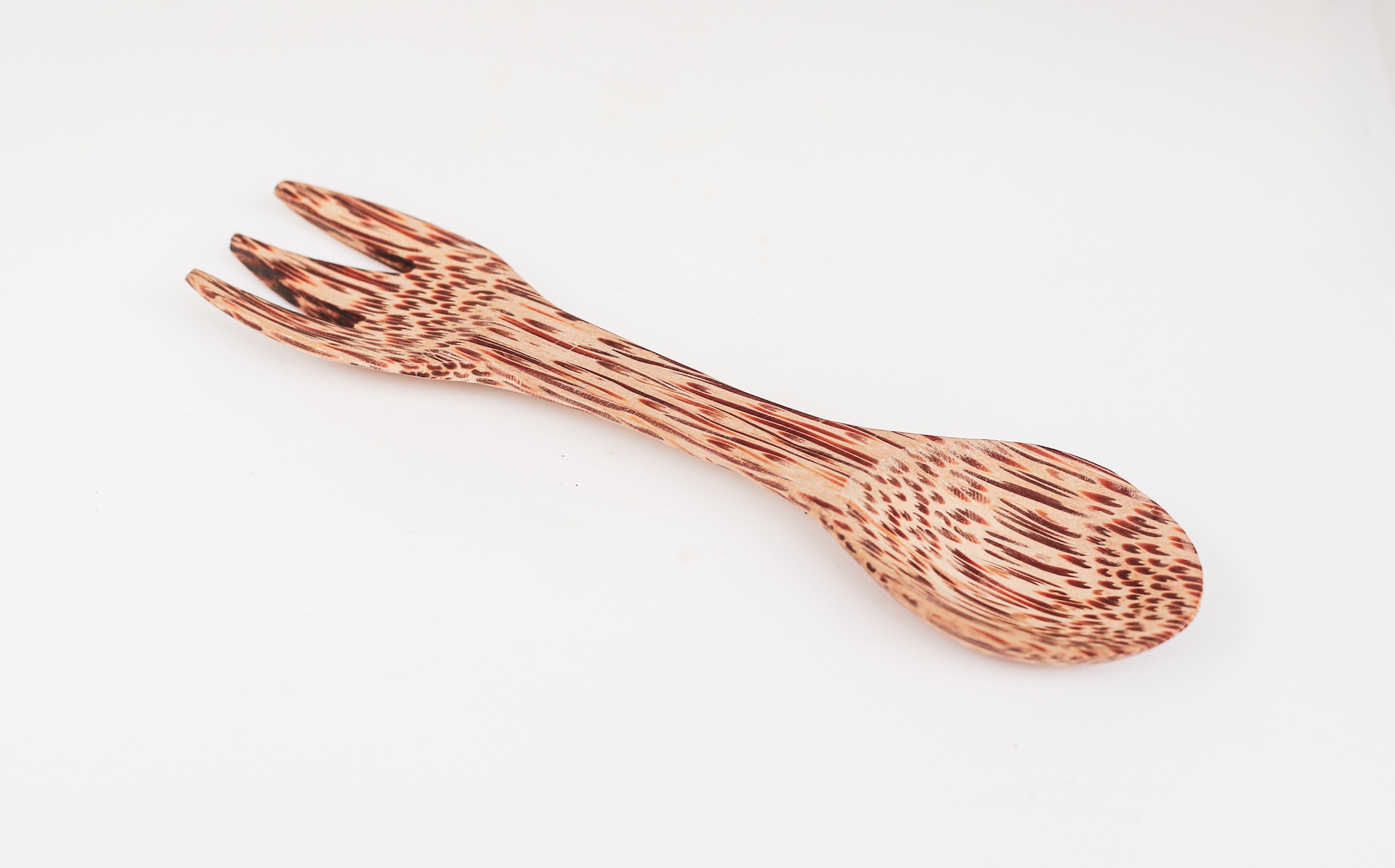
9. Just a spork
A spork is an item that combines a fork and a spoon. That’s all you need for eating a meal, right? You could take a titanium camping mug that also serves as a bowl so you have one receptacle for drinking and eating from. Titanium is tough, and usually lighter than many other materials used for camping kit.
If you don’t have a spork, a disposable wooden spoon – the type you get when you buy takeaway meals – will do the job too.
10. No stove
You’ll need to cope without a morning coffee, and your evening meal will also be cold, but leaving the camping stove at home really does save weight.
For some people, this is one crazy idea too far, so how about looking at the lightest camping stove you can find and packing that instead? If the stove is only to make a morning brew, it might be worth it.

11. Half a toothbrush
Ok, so this might seem a bit excessive, but when you are trying to save the grams, some people cut the handle off their toothbrush.
You can reduce the weight of your toiletries – if you plan to take any! – still further by carrying the tiniest packs of toothpaste. The smallest sizes are sometimes handed out long-haul flights so ask someone who does a lot of travelling to keep a tube for you, or search on-line.
Travel toothpaste tubes are readily available from chemists but even that tier might seem a bit heavy.
Another mad thing that some climbers and ultra runners are known to do is to add the toothpaste to the cut-off toothbrush before they leave home.
12. Switch your batteries
If your gadgets, such as your head lamp, require batteries, you can save weight (albeit a tiny amount) by swapping alkaline batteries for lithium. Lithium batteries are claimed to be about half the weight of alkaline batteries.
13. Calorie counting
You don’t want to go too wild trying to shave weight off your food and water supplies, especially for long-distance adventures.
Some climbers and runners will carefully assess the calorie intake to the optimum energy requirement per kilogram of body weight. They then carry the exact amount of food powder, shakes and supplements for mixing with water. Carrying powders is often lighter than real food although there are only so many days that this will be palatable for.
When it comes to carrying water, you should never leave yourself vulnerable to dehydration, but if you know there will be fresh water in ready supply, you could take a small drinking cup as a supplement to carrying less water in bottles or a hydration bladder.
14. Cut tags and straps
Most clothings have tags for labels, while products such as rucksacks, will have straps that might be longer than you need.
This will possibly seem like a crazy idea but every little thing counts when it comes to weight and cutting off tags, labels and straps can shave weight for climbers and ultra runners.
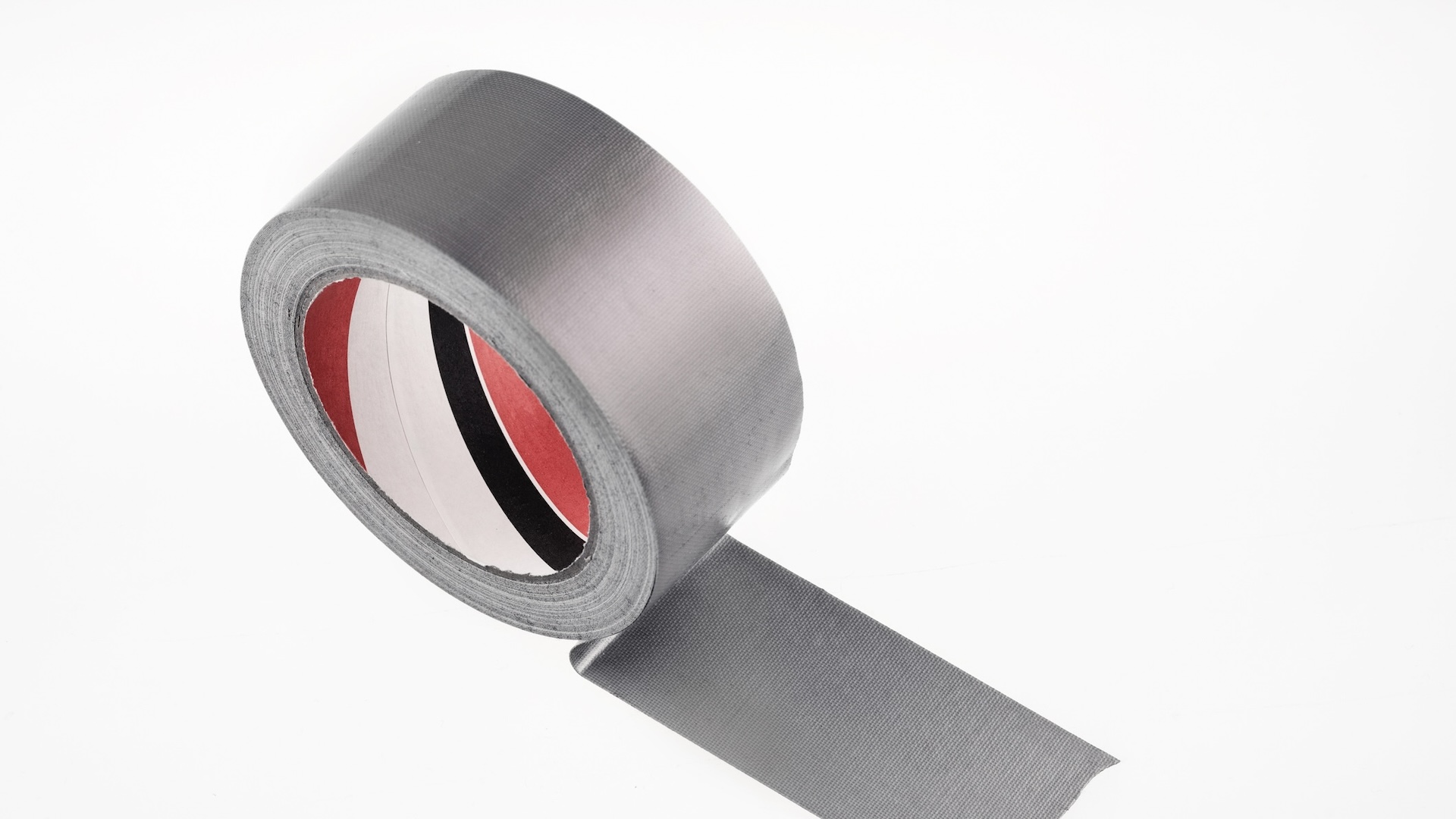
15. Duct tape it
There are many uses for a simple bit of duct tape and this must-have item might allow you to ditch other pieces of kit. Wrap a short piece of duct tape around a small piece of cardboard or similar and pop it in your pack, or wrap a length around a running pole or climbing axe.
16. A scrap of map
Save weight on a full size map by printing just the section you need. Instead of a map case, use a simple clear plastic bag – such as a sandwich bag – to waterproof the map.
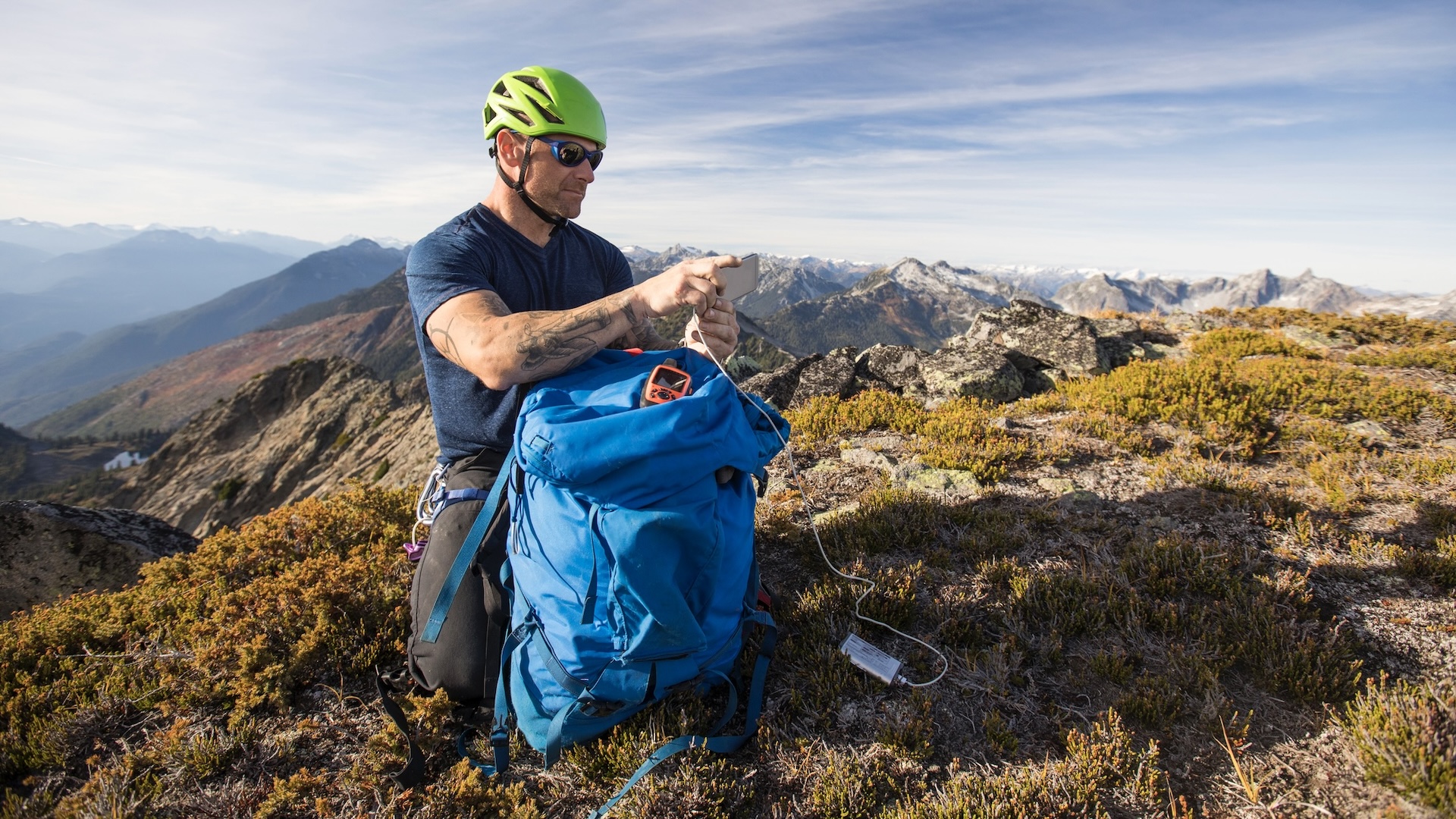
17. Pack, and pack again
You could actually do this, or you could make a list on a spreadsheet. First, gather together, or list, all the essential items you need for climbing or ultra running. Then check the weather and reassess the items.
Be sure you've packed enough items to avoid getting hypothermia if you have to pause while climbing or running, or because of an accident.
Then consider which items you might be able to reduce the individual weight of. For example, if you are carrying a power bank to recharge your phone, make sure it’s the lightest and smallest you can buy with sufficient capacity to do the job.
Are your waterproof jacket and rain pants good quality and capable of keeping you dry, yet the lightest you can afford to buy? Likewise, if you are carrying a sleeping bag, is it the optimum for warmth but still lightweight? Check the smaller items, too, including hiking gloves, a neck gaiter, compass, and bags of candy. Consider each item carefully.
If you are taking a climbing rack – including nuts, cams, carabiners, ‘draws etc – consider exactly which ones you will need. Safety is paramount, but it’s likely most climbers can shed a few items of gear. It is also possible to buy, at a price, ultralight pieces of climbing protection.
Likewise the rope. Consider the length and weight of the rope you will require because lugging an overweight rope, or one that is too long, will add to the pain of carrying a heavy pack. There are ropes that are lighter weight but still highly rated for safety.
If might seem a bit wild to spend so much time thinking about each items and its impact on the weight of your pack but it can be what it takes to shave even a few grams off your pack.

18. And then there's the backpack
There is no point trying to reduce the weight of your kit if the pack itself is a heavyweight. Choose a pack, whether a running pack or a climbing pack, that properly serves its purpose to carry your gear but that is also the lightest you can find (and afford).
As extreme as all these tips might seem, when you're climbing or ultra running, every ounce counts.

Fiona Russell is a widely published adventure journalist and blogger, better known as Fiona Outdoors. She is based in Scotland and is an all-round outdoors enthusiast with favorite activities including trail running, mountain walking, mountain biking, road cycling, triathlon and skiing (both downhill and backcountry). Aside from her own adventures, Fiona's biggest aim is to inspire others to enjoy getting outside and exploring, especially through her writing. She is also rarely seen without a running skort! Find out more at Fiona Outdoors.
